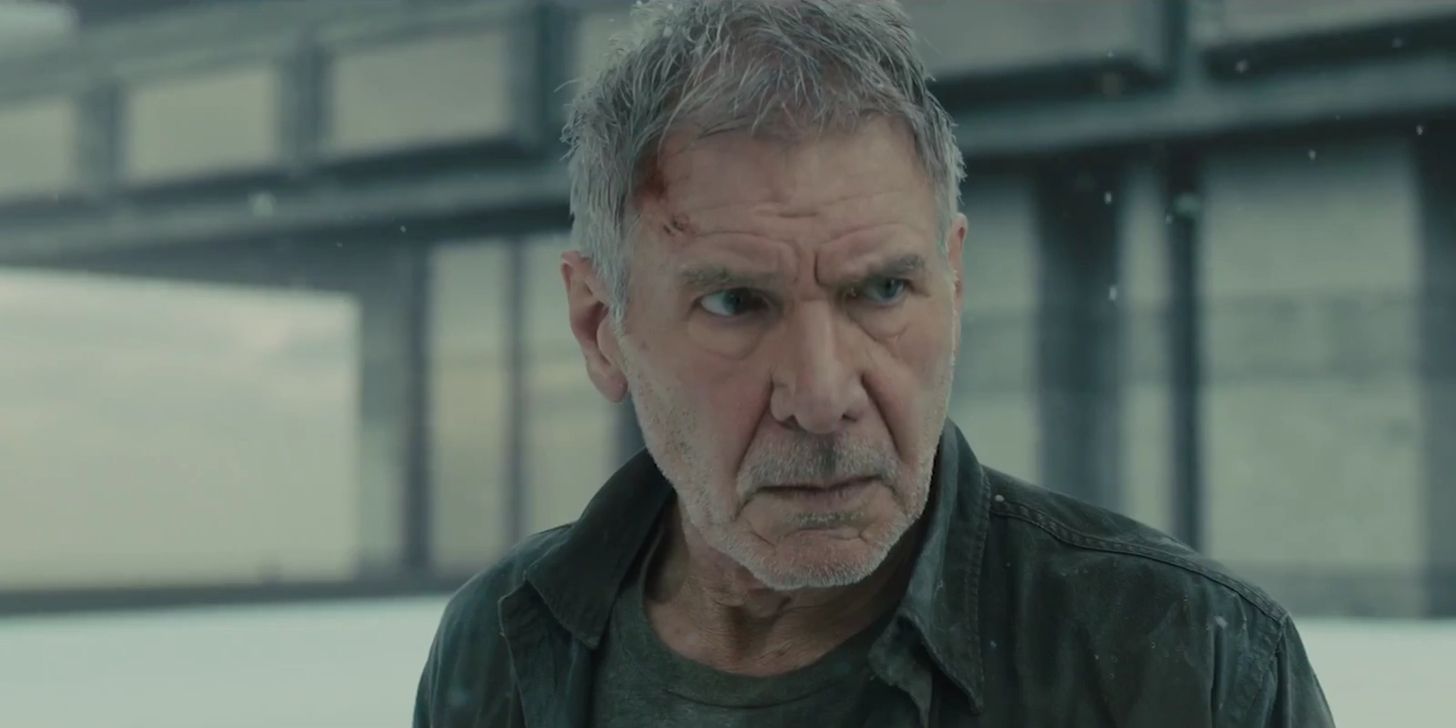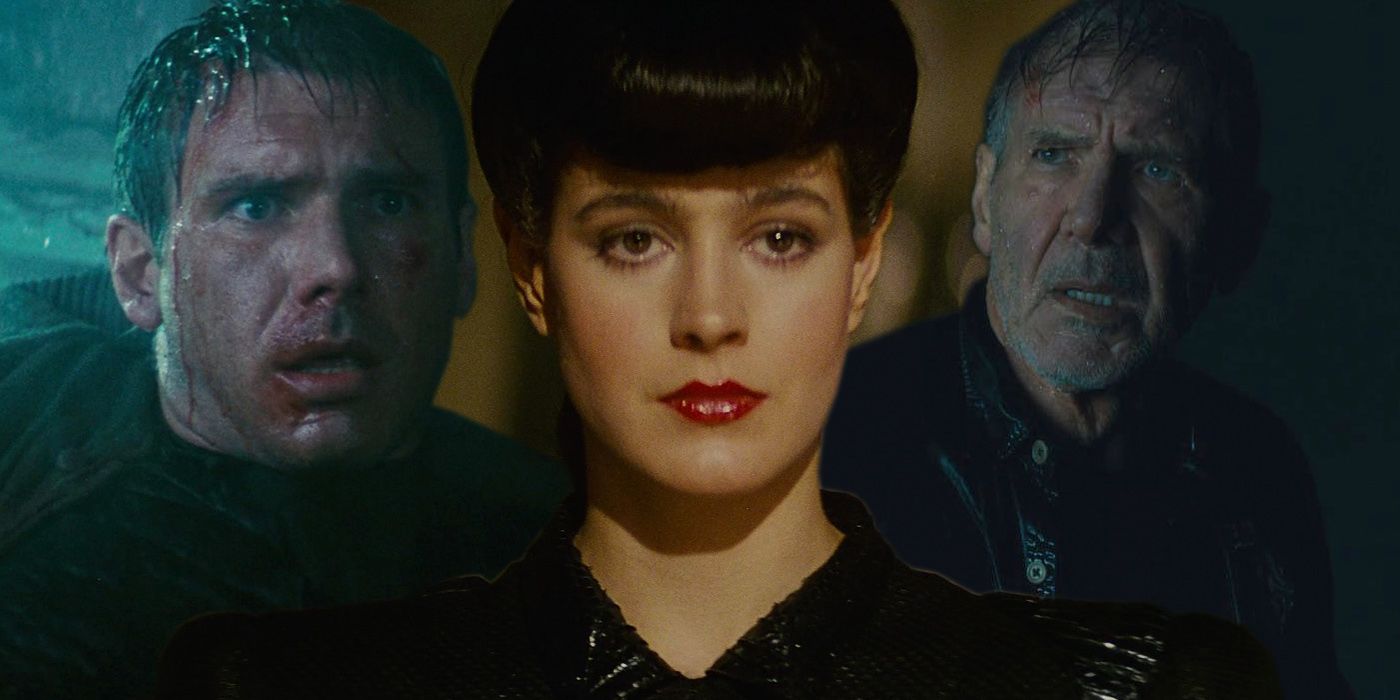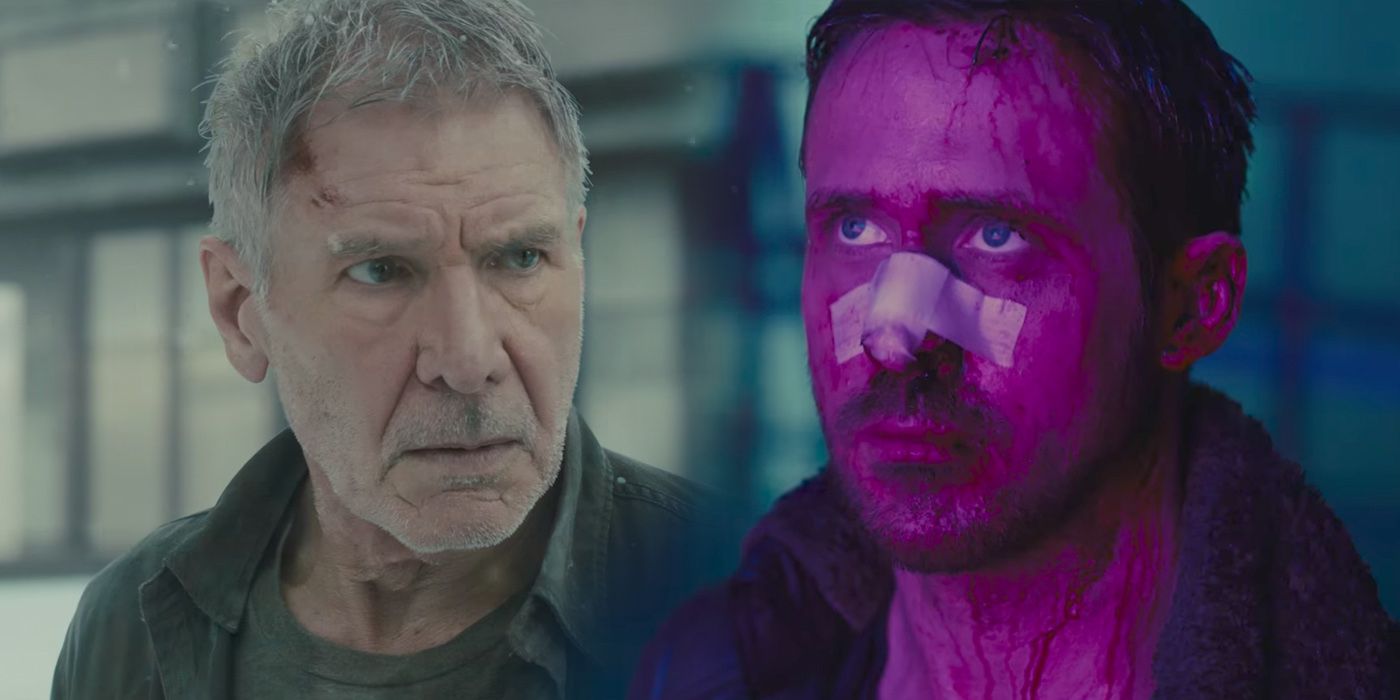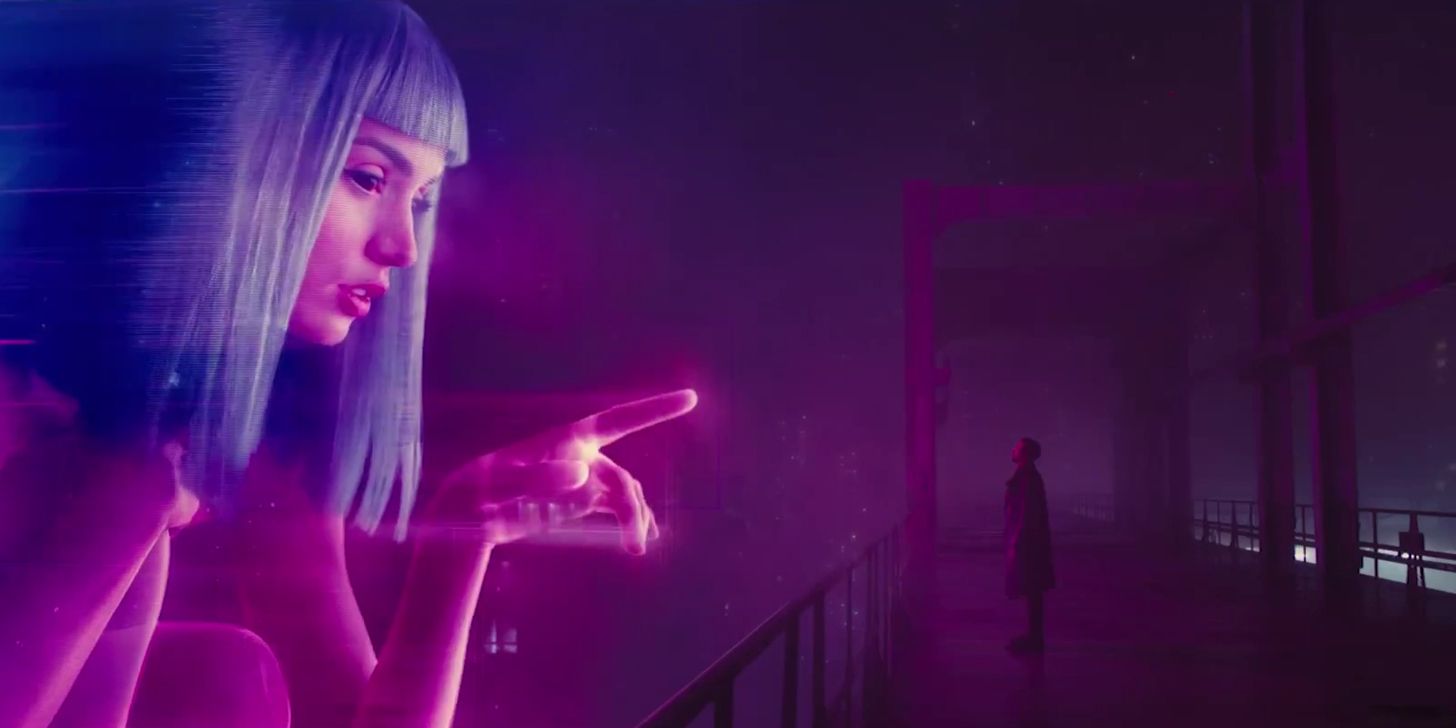Moviegoing can be a mercurial experience. It’s possible to watch a movie one day and despise every frame, then replay it a year later and be utterly entranced by the same footage. Unfortunately, the modern moviegoing experience is so dominated by outside opinion, aggregate scores, and a ruthless marketing hype machine, that it can be difficult to simply watch a movie and reach your own conclusion about its cinematic merits.
That said, Blade Runner 2049 can be a boring movie. Despite being impeccably mounted and lusciously staged, the sequel to the 1983 cult classic fails to do much else than simply look good. In the Instagram era of our time, sometimes that’s all you need to do succeed. In peeling back the layers of Denis Villeneuve’s latest epic, however, some audiences have failed to find a beating heart or an engine of human motivation. Though it carries a nearly three-hour runtime, there’s hardly a pulse-pounding moment to be had in any second of the film. Though critics have almost universally praised the film, some moviegoers are wondering what the big deal was. If you fell asleep during the movie, you really aren't alone.
Related: Blade Runner 2049 Review
The Blade Runner sequel gets so much right, yet it might fall short of the fundamental object of cinema: to entertain. There are two factors that are frustrating audiences, and turned 2049 into a story that would've put Philip K. Dick to sleep: story and pacing.
The Story
Whether you watch the original theatrical version or Ridley Scott’s 2007 director's cut, Blade Runner left audiences with the thirty-five year question: is Deckard a replicant? Rachael was significant to his character’s motivations, but she was just one piece of the puzzle.
Somehow, in the sequel brainstorms that inevitably occurred from 1983 to 2017, Rachael’s role got a major upgrade. Though left offscreen for most of the film, the “special” replicant is revealed to have produced a child with Deckard. As Officer K (Ryan Gosling) uncovers the truth hiding beneath Sapper’s tree, the movie effectively demands audiences be fascinated by the fruit of the Deckard/Rachael romance. Though it’s difficult to imagine how that small component of the first film somehow became the anchor of the sequel, its inclusion compels viewers be shocked at a replicant’s ability to give birth.
In the world in which Blade Runner exists, such a fact seems somewhat plausible, but 2049 clings to this development like its Children of Men. As a result, viewers are left accepting replicant reproduction and asking, "Yeah... so what?" There's no answer to that question.
Related: Blade Runner 2049 Ending Explained
Worst yet, we learn of the pregnancy in an anemic scene that shows Doctor Coco (David Dastmalchian) analyze Rachael’s bones in a medical bay. With Lieutenant Joshi (Robin Wright) looking on, K orders the microscopes to zoom in on the victim’s hip, revealing her serial number. As the plot thickens, the movie quickly transitions to Lieutenant “Madame” Joshi launching into a tirade about the potential dangers of this development. It’s a blast of unadulterated exposition that has no place in a Villeneuve movie, let alone in the terse world of Blade Runner.
We then watch as the slow-shuffling K embarks on an investigation of baby booties, wooden horses, and the memories of his youth. Broken apart by fleeting drone strikes, resistance ambushes, and a trip to the orphanage, 2049 takes its sweet time to get to the one character everyone came to see: Deckard (Harrison Ford). When K finally syncs up with the former blade runner, survives his gunshots, and shares a glass of Johnny Walker Black Label, he stares down the bar and squints. Like the movie itself, he demands Deckard to answer his questions and to name the woman in question. "Rachael!" It’s all played with deathly seriousness, and it absolutely falls flat. When Deckard asks K what he’s doing there, he takes the words right out of the audience's mouth. Watching Blade Runner 2049 feels like listening to two friends tell an inside joke that you'll never learn to appreciate.
While watching Pinocchio Runner investigate whether he’s a real boy or a replicant, it becomes increasingly difficult to determine what’s at stake. Sure, "Luv" (a fierce Sylvia Hoeks) is a dangerous android, and Niander Wallace (Jared Leto) clearly needs some regulation leveled on his monopoly. Up until the last third of the film, however, these villainous characters are sequestered in their palace, waxing poetic without ever evincing a clear and present danger on K.
That must have been by design, of course, as K spends the entire movie wandering around mausoleums, oversized sculptures, and deserted cities. Contrast this with the claustrophobia that soaked the original film, whee the good guys and bad guys were always right on top of one another. Where the first Blade Runner offered no means of escape, 2049 gives their characters free roam until the very end of the film when each of the major characters overlaps in perfect synchronicity.
Ultimately, Blade Runner 2049 centered its plot on the least compelling elements of the original film. Its quasi-reunion between Deckard and a revised Rachael seemingly embodied the director’s’ belief that the lovers’ story had to be revisited. From Deckard musing that “her eyes were green” to Wallace ordering her execution, Rachael’s CGI-driven return was played for maximum significance.
Perhaps the greatest misfire was the sleight of hand that revealed the memory-maker was Deckard’s daughter all along. While it might be consistent with the reductive nature of the noir genre, it’s still a cruel “gotcha!” moment that underscores the barren nature of the script.
The Pacing
While 2049 moved slowly, it had several opportunities to up the ante. When K learned from Stelline that his boyhood memory really happened, his quest for identity kicked into overdrive. He screamed, flipped over a chair, and stormed out into the rainy abyss of dystopian Los Angeles. With a synthesized cue from Hans Zimmer, things finally started to pick up. The questions began flowing in: is K real? Is Deckard his dad? Will this movie finally do something interesting?
In an indefensibly bizarre scene change, K then heads back home to engage in a holographic threesome. The scene clearly exists to show the culmination of K’s manhood, but it totally stifles the pace. It diverts the trajectory of the plot into a masturbatory show of modern technology that long overstays its welcome. As with Deckard and Rachael, 2049 goes to great lengths to shoehorn the importance of the digital relationship between Joi and K. There’s a love story in Blade Runner, but there’s not much Blade Runner left in this love story.
From the first frame to the last, 2049 steadily loses intrigue. Rather than fill with tension en route to a climactic showdown (action-packed or otherwise), it deflates like a punctured balloon. Instead, like Officer K, it wanders from place to place without a clear thru-line. We don’t know who to root for, who to despise, what to anticipate, or what to fear.
Worse yet, the movie played coy about Deckard’s humanity in pedestrian ways. By giving Wallace a juicy monologue on the nature of his “design,” 2049 strung audiences (and Deckard) along before dropping the hammer and asking, “if...you were designed.” With that mystery still unsolved, the movie still managed to end without leaving much intrigue left on the table. Despite showing us the roots of a budding resistance movement and hinting at Wallace’s off-world achievements, 2049 ends with a simple gesture: a hand on the glass. It’s as if the movie is uninterested in its own mythology.
In the end, Blade Runner 2049 simply exists in time and space. It's content to live in the world Ridley Scott created, but it does little to explore it or advance it.





